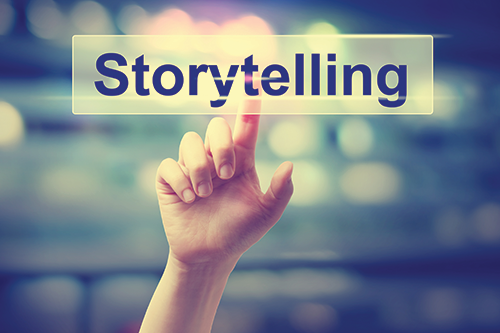
By: Julia Brolin
One of my college professors once told me that everyone has a story to tell, you just have to find it. As a PR firm specializing in education and technology, PRP shines a light on the positive impact our client’s products have on educators.

We know that many educators are extremely humble, so they may not think of their story as especially compelling. I’ve even come across a few folks who are oblivious to the fact that what they are doing in their classroom is unique or special. It’s our job to ask the right questions to help them realize that their story is worth telling and that educators across the nation can benefit from their thought leadership.
For example, I remember talking to one educator who said straight out, “I’m no different from any other teacher out there.” During the course of our conversation, though, she revealed that she had single-handedly funded more than 100 projects using DonorsChoose, providing more than $200,000 in new technology for her high-poverty school. That’s a good story.
Sometimes clients have vague story ideas that often fall along the lines of “this teacher uses my product and their students love it!” Great! They love your product, but today’s educators want to hear details about the implementation process, and (most importantly) how any new technology is making an impact on student achievement or how that solution fits into the bigger picture. The fact that a teacher “loves it” is nice, but doesn’t necessarily make a “good” story.
So what does make a “good” story?
Once you have identified a good story, the next step is to make sure the right people see it. Here’s an example of how PRP turned one conversation into multiple stories and created a brand champion.
Julia Brolin is a Storyteller on the PRP team, and has experience working as a TV news reporter in northern Minnesota.
Thank you for sharing!
PRP Group, a Hawke Media Company, is an award-winning full-service education PR and marketing firm serving the pre-K–12 and higher-ed community.